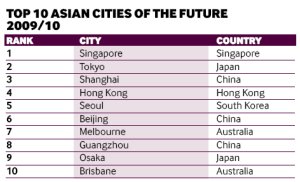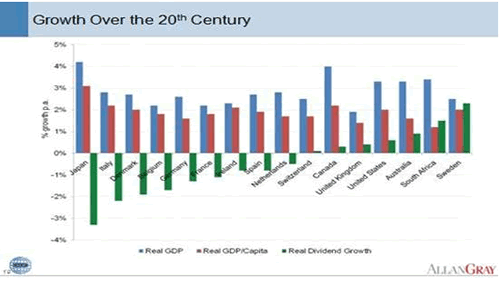I ran the stock screener with the following conditions:
Market Cap: >= $1B
Dividend Yield : 7% or more
The following are some of the Foreign ADRs that met the above criteria:
1.Company:Telecom Corp of New Zealand (NZTCY)
Current Dividend Yield: 9.91%
Sector: Telecom
2.Company: Cellcom Israel Ltd. (CEL)
Current Dividend Yield: 9.69%
Sector: Telecom
3.Company:Magyar Telekom Plc (MTA)
Current Dividend Yield: 9.30%
Sector: Telecom
4.Company: Grupo Aeroportuario del Sureste (ASR)
Current Dividend Yield: 8.51%
Sector: Transportation
5.Company: YPF SA (YPF)
Current Dividend Yield: 8.21%
Sector: Oil & Gas – Integrated
6.Company: Nordic American Tanker Shipping Limited (NAT)
Current Dividend Yield: 7.53%
Sector: Water Transportation
7.Company: Ship Finance International Limited (SFL)
Current Dividend Yield: 8.82%
Sector: Water Transportation
Except Argentina-based oil company YPF, the rest of them are in the Telecom or Transportation sectors. Israel-based cell phone services provier Cellcom has over 3 million subscribers.Cellcom’s average EPS growth in the past 5 years is 17%. Magyar Telekom provides telecom services in Hungary. Grupo Aeroportuario del Sureste operates 9 airports in southeastern part of Mexico including the Cozumel airport.

